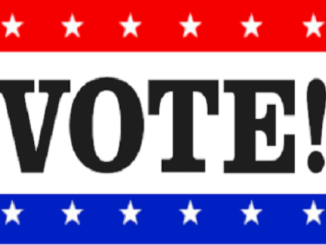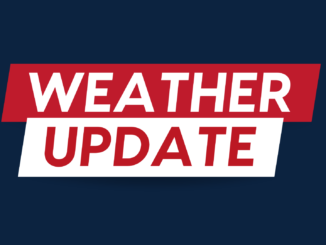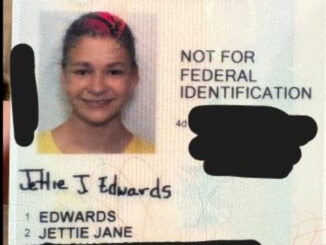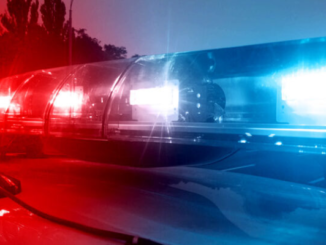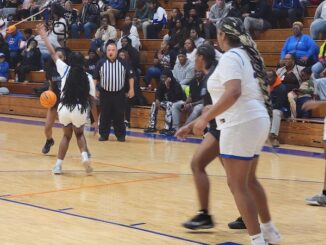
North Carolina’s Landowner Protection Act makes it easier for property owners to monitor who can and cannot enter property.
Posted signs every 200 yards or less are still allowed, but many are turning to a simpler, faster alternative – purple paint.
Under the Landowner Protection Act, property lines may be marked with a vertical line of paint on trees or fence posts around the posted property. The line must be a minimum of eight inches long and three to five feet from the base of the post or tree. The painted markings need to be no more than 100 yards apart.

Property marked with paint is the same as a posted sign. Hunters, trappers and fishermen entering posted property must have written permission dated within one year and be carrying the permission slip on the person.
Hunting clubs that lease land must provide proof of membership and a copy of the landowner permission to the club.
Wildlife officers are the primary law enforcement officers enforcing the LPA, but any officer can ask to see a permission slip of anyone on marked land.
Failure to have a permission slip is trespassing under state law. Suspects are required to appear in court, and may face fines if convicted.
The law does not change the state’s rules on liability. Landowners who allow individuals to hunt, trap or fish on private property are not liable for injuries or damages to those individuals. The landowner owes the visitor the “same duty of care” as would be owed an illegal trespasser.
For more on the “purple paint law,” properly called the Landowner Protection Act, go to ncwildlife.org. You can also download a sample permission slip on the website.
Hunters in North Carolina are required to have permission from landowners before entering private property for any purpose. Verbal permission is acceptable on property that has not been posted. Trappers are required by law to have written permission form landowners under all circumstances.






